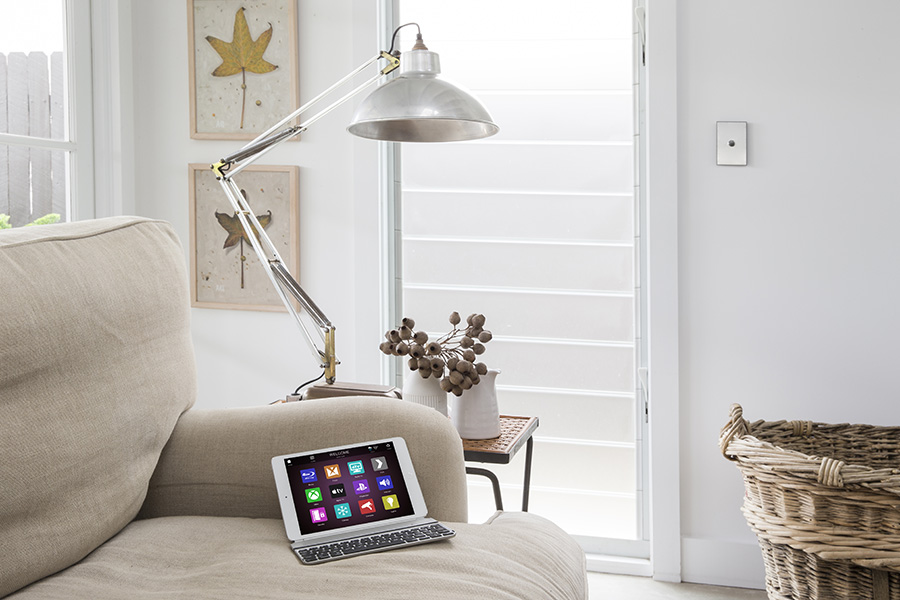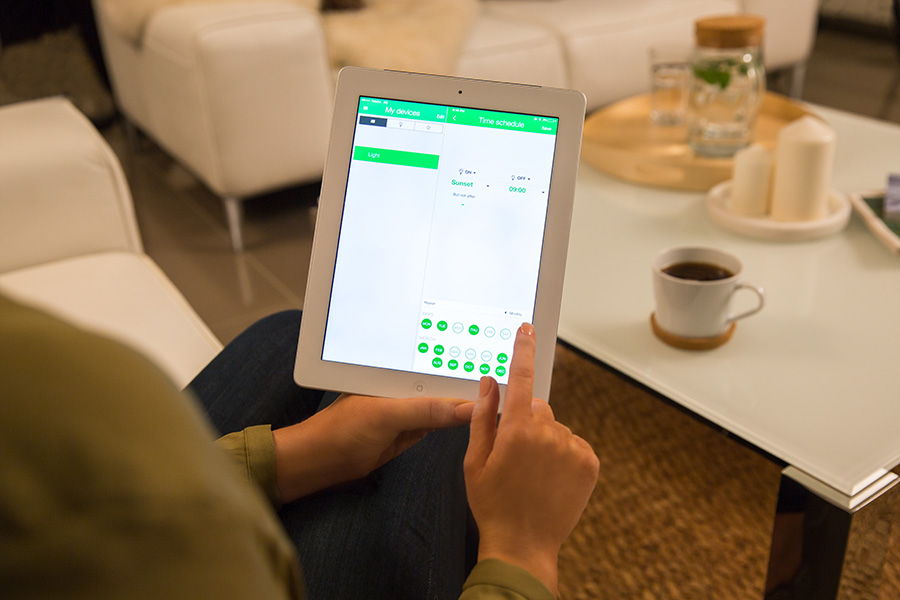The smart home appliances market is projected to reach US$38 billion globally by next year with rapid growth expected over the next few years. But what makes smart homes so appealing, and how can consumers go about setting up their own smart homes?

The Allure of the Smart Home
According to Vibhor Pandit of Schneider Electric, a smart home is more than turning on or dimming the lighting around the house. Indeed, the allure of the smart home lies not just in the convenience that individual smart appliances offer, but by an improved quality of life when they work together.
Imagine reviewing the video feed from the home security cameras on the living room TV or having the living room lighting automatically dim when starting the movie on the big screen. How about unlocking the front door with a voice command – after checking out who is there on your smartphone, or having the robotic vacuum cleaner do a couple of rounds just before you reach home after a hard day of work?
Or how about being able to perfectly regulate the air conditioner around the house thanks to a network of wireless sensors, and switching it off automatically when nobody is home? These examples aren’t science fiction but are just some of the possibilities that are currently available.

Getting Started
Though the prospect of setting up a smart home might sound intimidating, the reality is that smart devices are relatively easy to deploy. Moreover, modern smart home appliances are typically configured and deployed from a smartphone, so that’s one less excuse to procrastinate. For example, Schneider Electric’s Wiser app allows you to schedule and control lights, heating, and shutters at home from your smartphone or tablet.
Below are some core systems that you might want to consider:
- Voice assistants such as Amazon Alexa, Google Nest or the Apple HomePod
- Smart lighting solutions including bulbs, switches, and sockets
- Smart security systems such as digital locks, video doorbell and IP cameras
- Smart Home Hubs for managing the various wireless devices
The key to success entails building up your smart home gradually, starting with “low hanging fruits” devices that offer the biggest impact in terms of convenience and enjoyment, and at reasonable price points. As you continue to invest in new smart home appliances, it should be trivial to integrate the various systems to work together.
Consider starting with a Smart Home Hub and voice assistant to tie all the components together. The former offers connectivity across a wide range of wireless smart devices and sensors around your home, while the latter lowers the barriers to managing them through intuitive spoken voice commands.
For homeowners who are renovating their homes, it might be a good idea to take the opportunity to install a smart lighting system in tandem with various smart switches and sockets around the house. On this front, Schneider Electric is a trusted name with a full range of switches and sockets that you can install in your smart home. Among others, this includes the NEO Switch lighting controller, to the ULTI range of dimming controllers that integrate well with your new smart home. It also offers an AvatarOn light switch with a fully customisable faceplate to help personalise your home.
Finally, you can learn more about protecting your smart home here.








